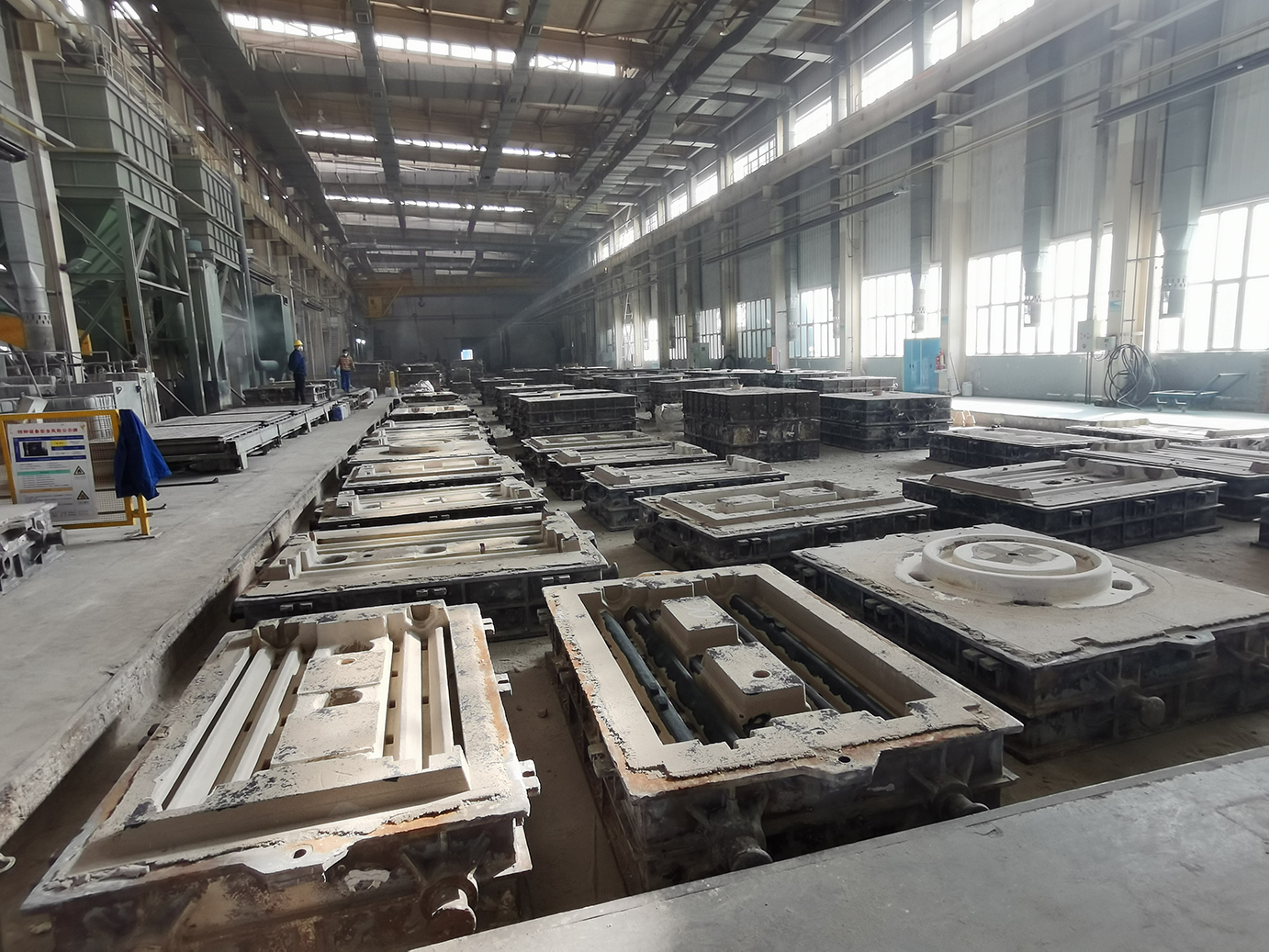- Afrikaans
- Albanian
- Amharic
- Arabic
- Armenian
- Azerbaijani
- Basque
- Belarusian
- Bengali
- Bosnian
- Bulgarian
- Catalan
- Cebuano
- China
- China (Taiwan)
- Corsican
- Croatian
- Czech
- Danish
- Dutch
- English
- Esperanto
- Estonian
- Finnish
- French
- Frisian
- Galician
- Georgian
- German
- Greek
- Gujarati
- Haitian Creole
- hausa
- hawaiian
- Hebrew
- Hindi
- Miao
- Hungarian
- Icelandic
- igbo
- Indonesian
- irish
- Italian
- Japanese
- Javanese
- Kannada
- kazakh
- Khmer
- Rwandese
- Korean
- Kurdish
- Kyrgyz
- Lao
- Latin
- Latvian
- Lithuanian
- Luxembourgish
- Macedonian
- Malgashi
- Malay
- Malayalam
- Maltese
- Maori
- Marathi
- Mongolian
- Myanmar
- Nepali
- Norwegian
- Norwegian
- Occitan
- Pashto
- Persian
- Polish
- Portuguese
- Punjabi
- Romanian
- Russian
- Samoan
- Scottish Gaelic
- Serbian
- Sesotho
- Shona
- Sindhi
- Sinhala
- Slovak
- Slovenian
- Somali
- Spanish
- Sundanese
- Swahili
- Swedish
- Tagalog
- Tajik
- Tamil
- Tatar
- Telugu
- Thai
- Turkish
- Turkmen
- Ukrainian
- Urdu
- Uighur
- Uzbek
- Vietnamese
- Welsh
- Bantu
- Yiddish
- Yoruba
- Zulu
Aug . 13, 2024 18:56 Back to list
Manufacturers of Molds and Pallets for Dry Cast Reinforced Concrete Pipe Production
The Role of Dry Cast Reinforced Concrete Pipe Mold Pallet Manufacturers in Infrastructure Development
In recent years, the demand for high-quality infrastructure has surged globally, and with it, the need for advanced manufacturing techniques in the concrete pipe industry. One critical component of this industry is the dry cast reinforced concrete pipe mold pallets, which play a pivotal role in the efficient production of concrete pipes. Manufacturers specializing in these molds are at the forefront of this development, providing the necessary tools and technology to meet the growing demands of urbanization and infrastructure projects.
Understanding Dry Cast Concrete Pipes
Dry cast concrete pipes are renowned for their durability and strength, making them an ideal choice for various applications, including sewer systems, drainage solutions, and culverts. These pipes are produced using a dry mix of concrete that is compacted in molds, leading to reduced porosity and enhanced mechanical properties. The process of manufacturing these pipes requires precision and consistent quality, which is where mold pallets come into play.
Importance of Mold Pallets
Mold pallets serve as the foundation for producing dry cast concrete pipes. They are essential for shaping the pipes, ensuring uniformity in dimensions, and facilitating efficient production processes. High-quality pallets contribute significantly to the overall cost-effectiveness of pipe production by minimizing material wastage and enhancing the longevity of the molds themselves. Manufacturers that specialize in these pallets leverage advanced materials and techniques to produce durable, lightweight, and easy-to-handle molds.
Innovations in Manufacturing
dry cast reinfored concrete pipe mold pallet manufacturers

The landscape of dry cast reinforced concrete pipe mold pallet manufacturing is witnessing rapid innovations. Advanced technologies such as computer-aided design (CAD) are employed to create precise mold specifications, enabling manufacturers to cater to a wide array of pipe sizes and shapes. Furthermore, the use of high-performance materials such as fiberglass and high-strength steel in mold production enhances the durability and lifespan of the pallets.
In addition to material innovations, production processes have also evolved. Automation and robotics are increasingly being incorporated in the manufacturing pipeline, improving efficiency and reducing labor costs. This shift not only boosts productivity but also ensures a higher degree of precision in mold manufacturing, which is crucial for maintaining the quality of the end products.
Environmental Considerations
As the construction industry becomes more aware of its environmental impact, manufacturers of dry cast reinforced concrete pipe mold pallets are also adapting to eco-friendly practices. Sustainable manufacturing processes, recycling of waste materials, and the integration of energy-efficient technologies are becoming standard practice. By minimizing waste and optimizing resource use, these manufacturers contribute to a more sustainable construction industry, aligning with global sustainability goals.
Market Demand and Future Outlook
The market for dry cast concrete pipes is expected to grow substantially in the coming years, driven by increased investment in infrastructure projects worldwide. As urban areas expand, the need for reliable drainage and sewage systems becomes critical. This growth directly correlates with the demand for high-quality mold pallets, highlighting the essential role of manufacturers in meeting industry needs.
In summary, the manufacturers of dry cast reinforced concrete pipe mold pallets are integral to the infrastructure development narrative. Through innovative manufacturing techniques, commitment to quality, and environmental stewardship, these manufacturers not only enhance the efficiency of pipe production but also contribute to the sustainability of the construction industry. As urbanization continues globally, the relevance and impact of these manufacturers are set to increase even further, positioning them as key players in shaping the infrastructure of the future.
-
8mm Thin-Walled Cast Steel Manhole Cover Pallet Bottom Ring | Durable
NewsAug.04,2025
-
Premium Cast Iron Water Main Pipe: Durable, Corrosion-Resistant
NewsAug.03,2025
-
Durable Cast Iron Water Mains | AI-Optimized Systems
NewsAug.02,2025
-
High-Efficiency Propane Boiler for Baseboard Heat | Save Energy
NewsAug.01,2025
-
Premium Source Suppliers for Various Gray Iron Castings
NewsJul.31,2025
-
Durable Cast Iron Water Main Pipes | Long-Lasting
NewsJul.31,2025


